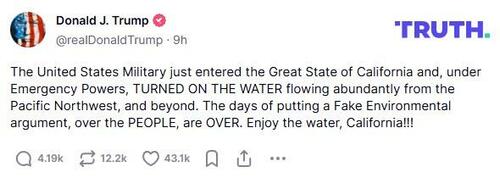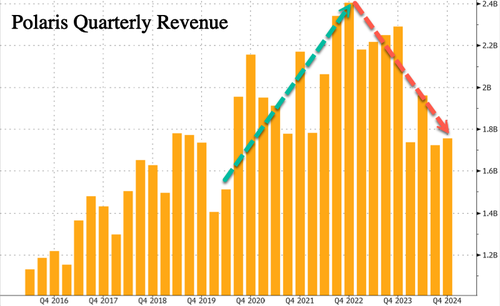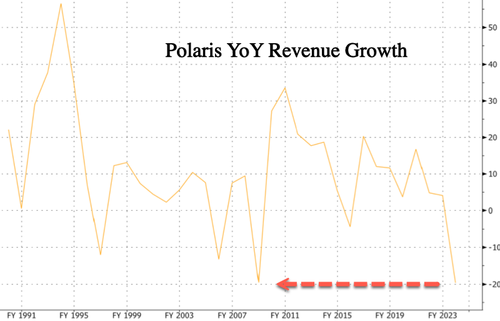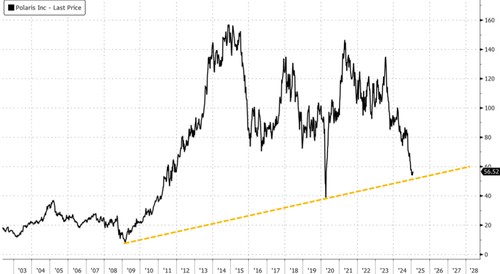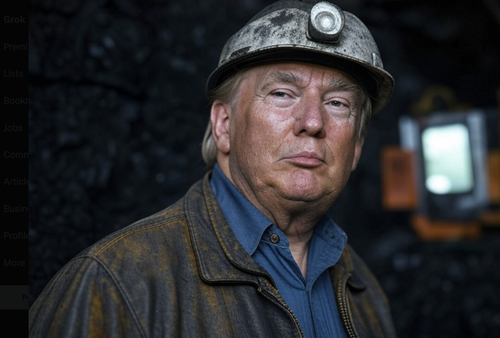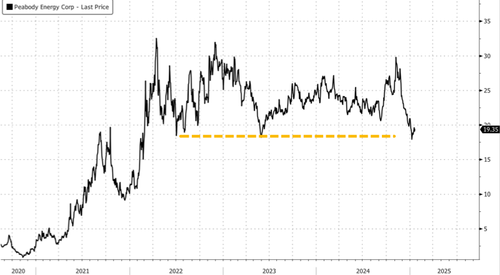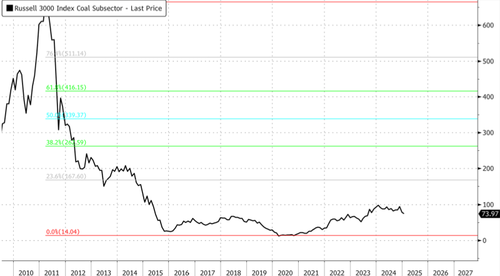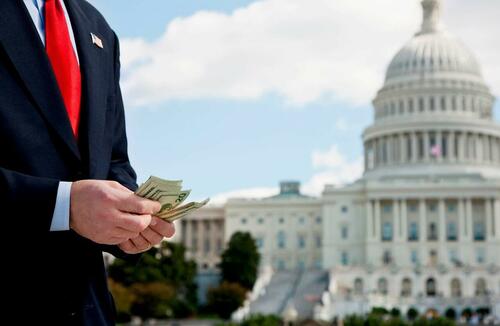Authored by Joe Buccino via RealClearDefense,
American energy independence is under attack from a shadowy alliance that threatens the foundation of our national security and economic prosperity. On the surface, we see radical environmental activists interrupting corporate shareholder meetings, blocking traffic, and vandalizing artwork. But behind these increasingly aggressive protests lies a more insidious threat: the Chinese Communist Party, which quietly bankrolls these same activists through a complex web of foundations and activist networks. Through dark money, China exploits environmental activism to undermine America’s energy sector. This dangerous partnership between foreign adversaries and domestic extremists demands immediate Congressional action – including comprehensive investigations into Chinese funding of domestic American nonprofits and new laws protecting American energy infrastructure. The security of America’s energy future hangs in the balance, and we can no longer afford to ignore this coordinated assault on our nation’s vital interests.

The evidence of Beijing’s strategic manipulation of American environmental groups has been mounting for years, but recent investigations have exposed the actual depth of these connections. Through a sophisticated network of foundations, consulting firms, and environmental organizations, the Chinese Communist Party has established multiple channels to funnel money and influence into groups working to obstruct American energy development. Beijing’s influence becomes clear when following the money. For example, Climate Defiance is one of the most aggressive new environmental groups making headlines nationwide. More than half of their 2023 funding flowed through the Oil and Gas Action Network – an organization supported by the Energy Foundation, whose Chinese office maintains deep ties to the Chinese Communist nation and Chinese nationals with direct links to the regime. Similarly, investigations reveal several other prominent environmental groups receive substantial funding through organizations with documented connections to Beijing, including research institutes that coordinate with Chinese state entities and foundations that partner with CCP-controlled ecological agencies.
China’s financial support of American environmental groups raises a crucial question that cuts to the heart of Beijing’s strategy: Why would the world’s largest greenhouse gas emitter and most prominent financier of fossil fuel projects globally invest in funding American environmental protesters? The answer reveals a calculated effort to weaken American energy independence: these radical groups are unknowingly doing China’s dirty work by targeting and disrupting America’s vital energy infrastructure projects.
The numbers tell the story of China’s true environmental priorities. China’s greenhouse gas emissions are double those of the United States, while Chinese institutions lead the world in financing new fossil fuel developments. These facts expose an obvious truth—China’s interest isn’t in saving the environment but in sabotaging America’s energy independence and economic competitiveness.
The tactical playbook of these Chinese-backed environmental groups has become increasingly aggressive and disruptive. Environmental activists have shut down a New York Times climate conference, declaring that “climate criminals should not be allowed in polite society.” They’ve disrupted major sporting events, vandalized priceless artworks, blocked highways during rush hour, and damaged construction equipment to cause massive delays at pipeline sites.
These aren’t random acts of civil disobedience – they’re part of a coordinated strategy to weaken American energy infrastructure and drive-up consumer costs. The groups behind these actions openly admit their radical aims. The Climate Emergency Fund’s executive director recently told The New Republic that movements “need to have a radical flank that is disrupting normalcy.”
Even when these protests fail to stop energy projects completely, they succeed in driving up costs and causing delays that benefit America’s competitors. Look at what happened in North Dakota, where Greenpeace-organized protests against the Dakota Access pipeline resulted in such extensive damages that the energy company is now suing for $300 million in losses.
These protests achieve China’s goal: making American energy development so costly and complicated that we become increasingly dependent on foreign sources. While American companies battle protesters and legal challenges, China continues to expand its fossil fuel infrastructure at a breakneck pace.
The evidence suggests we’re watching a sophisticated influence operation: China provides funding to U.S.-based foundations, which then channel money to radical environmental groups, who in turn deploy increasingly aggressive tactics against American energy infrastructure. Meanwhile, China races ahead with its own energy development, free from similar protests or disruptions.
The Trump administration should spur Congress to act swiftly to counter this threat. The Select Committee on the CCP must launch comprehensive investigations into the flow of Chinese money to American environmental groups. Americans deserve to know which protesters are funded by foreign adversaries. Second, Congress must pass the Safe and Secure Transportation of American Energy Act, strengthening criminal penalties for individuals who vandalize or disrupt American pipeline operations. This legislation will convey that the Trump administration will not tolerate foreign-funded attacks on critical U.S. infrastructure.
The First Amendment protects Americans’ right to protest and voice dissent. But when foreign adversaries exploit these freedoms to advance their own strategic interests at America’s expense, we must draw a line. The Chinese Communist Party has found willing – though perhaps unwitting – allies in the radical environmental movement. Their partnership threatens not just American energy independence but our national security.
As these groups escalate their disruptive tactics in the months ahead, remember who benefits from their actions.
When protesters shut down American energy projects and drive-up costs for American families, they’re not just advancing an environmental agenda – they’re advancing China’s strategic objectives at America’s expense. The choice before us is clear: We can allow foreign-funded extremists to sabotage American energy independence, or we can take decisive action to protect our critical infrastructure and ensure America’s energy future remains in American hands.
Joe Buccino is a retired U.S. Army Colonel and the CEO of Vantage + Vox.

